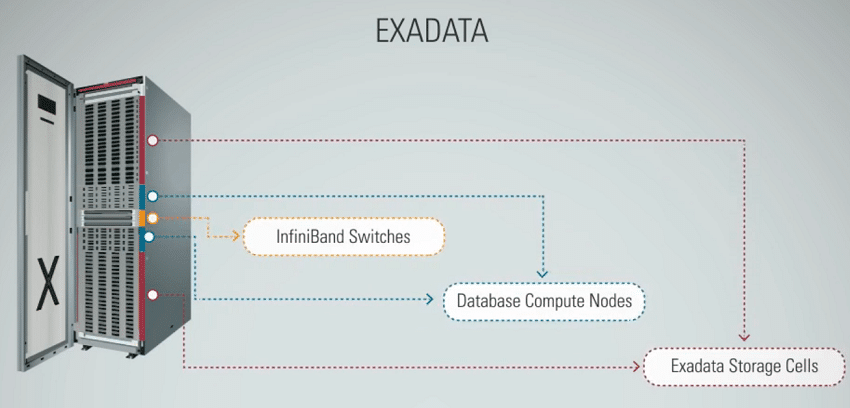Today, Oracle announced Oracle Exadata Cloud Service X8M on Oracle Cloud Infrastructure. Oracle describes Oracle Cloud Infrastructure as an IaaS that delivers on-premises high-performance computing power to run Cloud-native and enterprise company’s IT workloads. Oracle was founded in 1977. Anyone with a technical background will likely remember their purchase of Sun and Java. The company has a surprisingly diverse portfolio and sells a variety of products, including database software, server platforms, and, of course, a cloud service.
Today, Oracle announced Oracle Exadata Cloud Service X8M on Oracle Cloud Infrastructure. Oracle describes Oracle Cloud Infrastructure as an IaaS that delivers on-premises high-performance computing power to run Cloud-native and enterprise company’s IT workloads. Oracle was founded in 1977. Anyone with a technical background will likely remember their purchase of Sun and Java. The company has a surprisingly diverse portfolio and sells a variety of products, including database software, server platforms, and, of course, a cloud service.

As we covered last year, when the X8M was made available for on-premise use, Oracle’s Exadata X8M is basically an Exadata X8 with two improvements. The first is the addition of Intel Optane persistent memory sticks. The second improvement is 100 gigabit RoCE networking. There are actually two flavors of the X8M, Exadata X8M-2, and Exadata X8M-8. Oracle’s announcement was not clear on which flavors would be available through the cloud. The company did say that the intent was to provide architectural identically across cloud and on-premises, so presumably, both versions will be available, and customers should be able to select which they want.
According to Oracle, Oracle Databases deployed on Exadata Cloud Service X8M can scale up to 4,600 CPU Cores, 44TB DRAM, 96TB Persistent Memory, 1.6PB Flash, and 25PB of database capacity. That’s several times the capacity of a single X8M, so presumably, these numbers are for a networked cluster. Oracle also says customers can scale down as low as a minimum-sized HA configuration with as few as 4 CPU cores enabled. The company also said they offer by-the-second pay-per-use payment schemes.
Engage with StorageReview
Newsletter | YouTube | Podcast iTunes/Spotify | Instagram | Twitter | Facebook | RSS Feed
